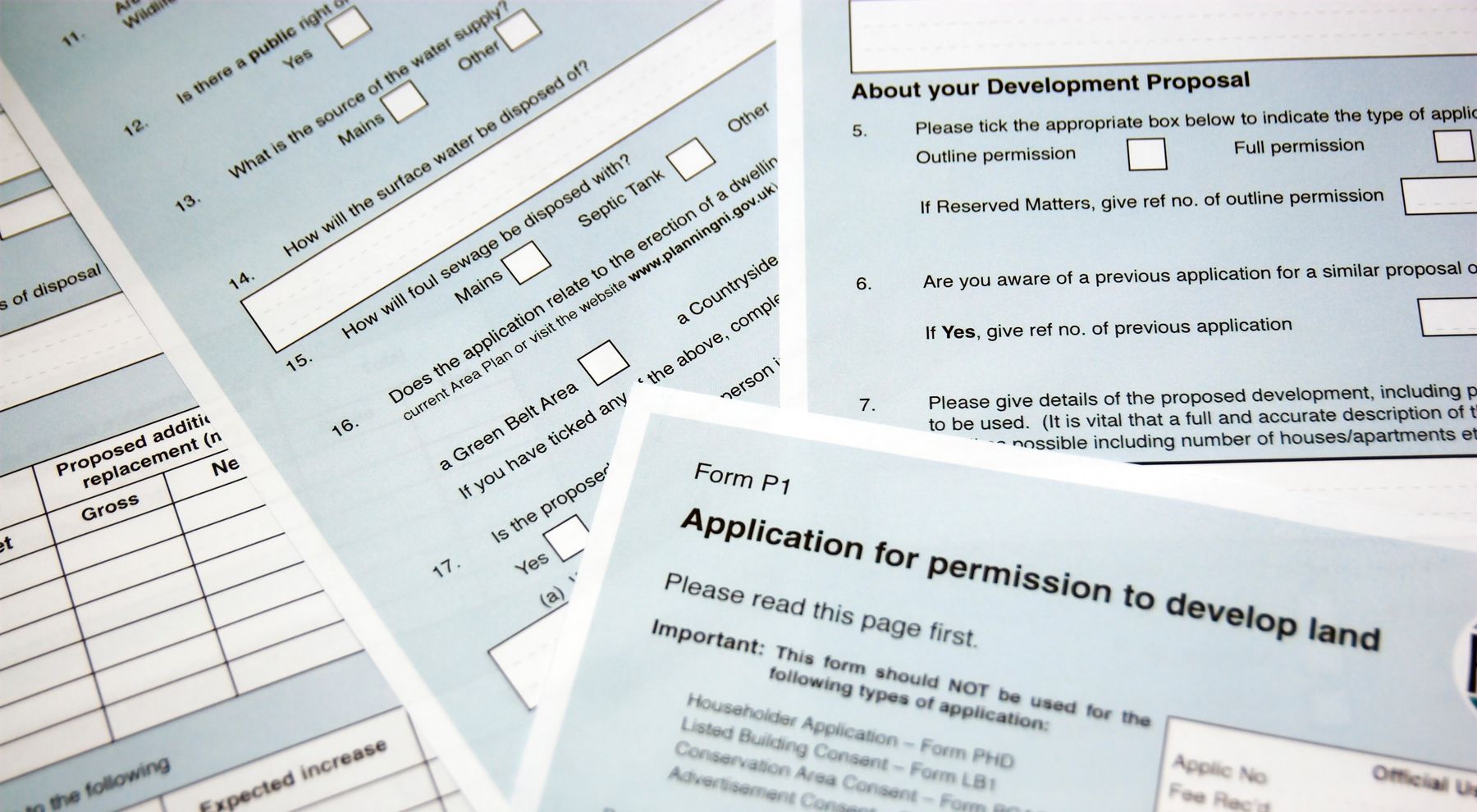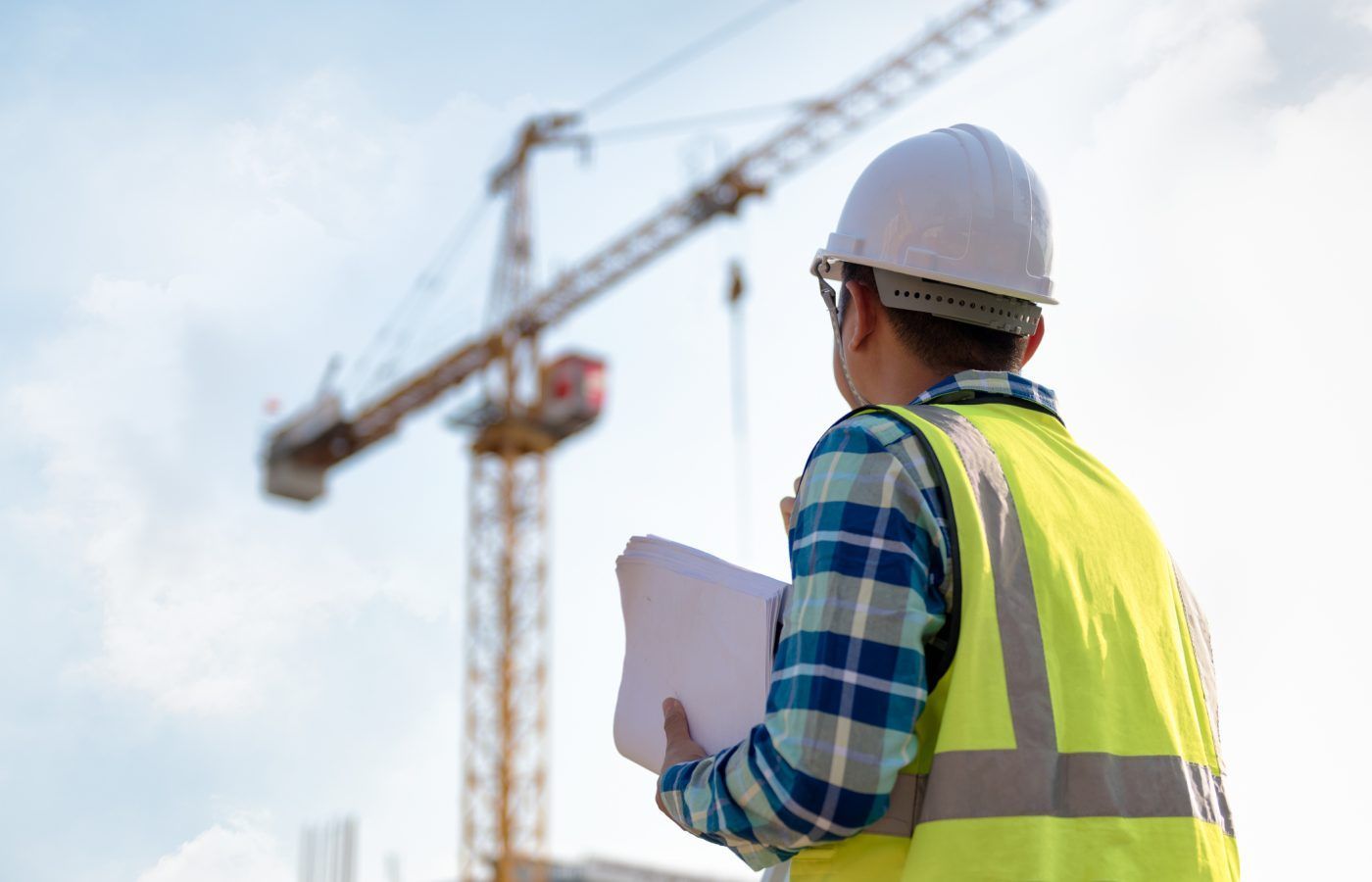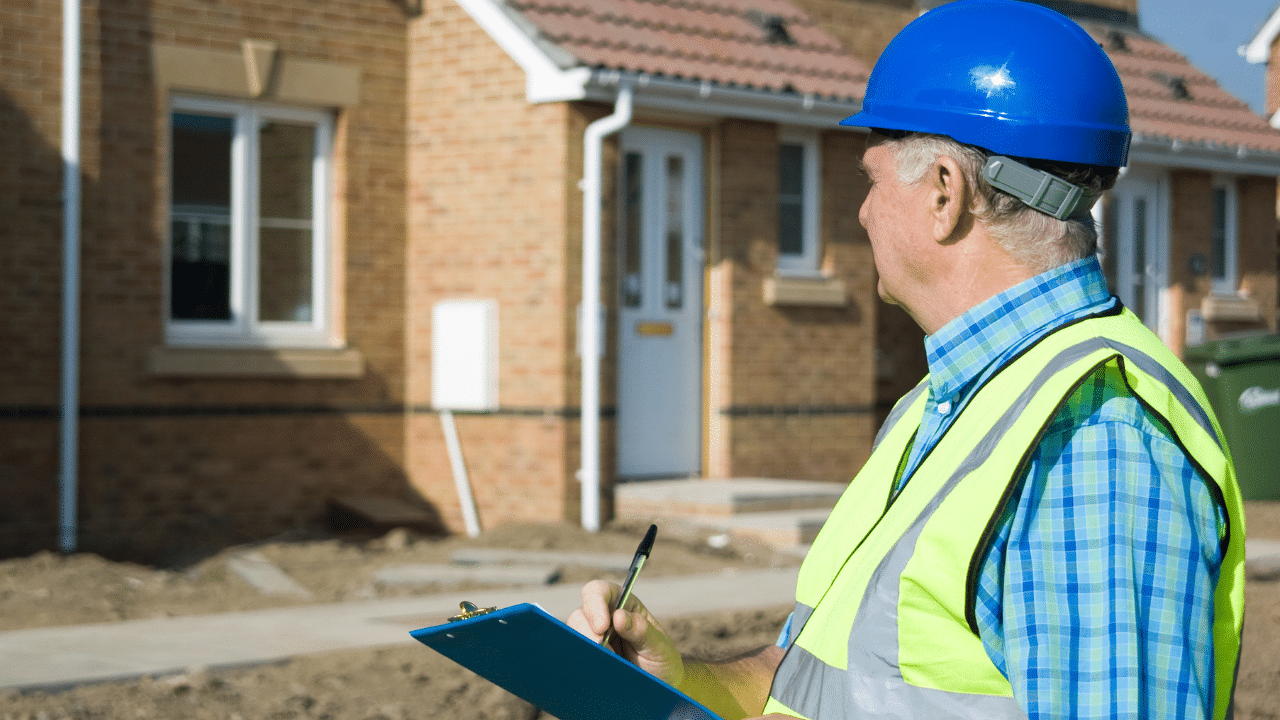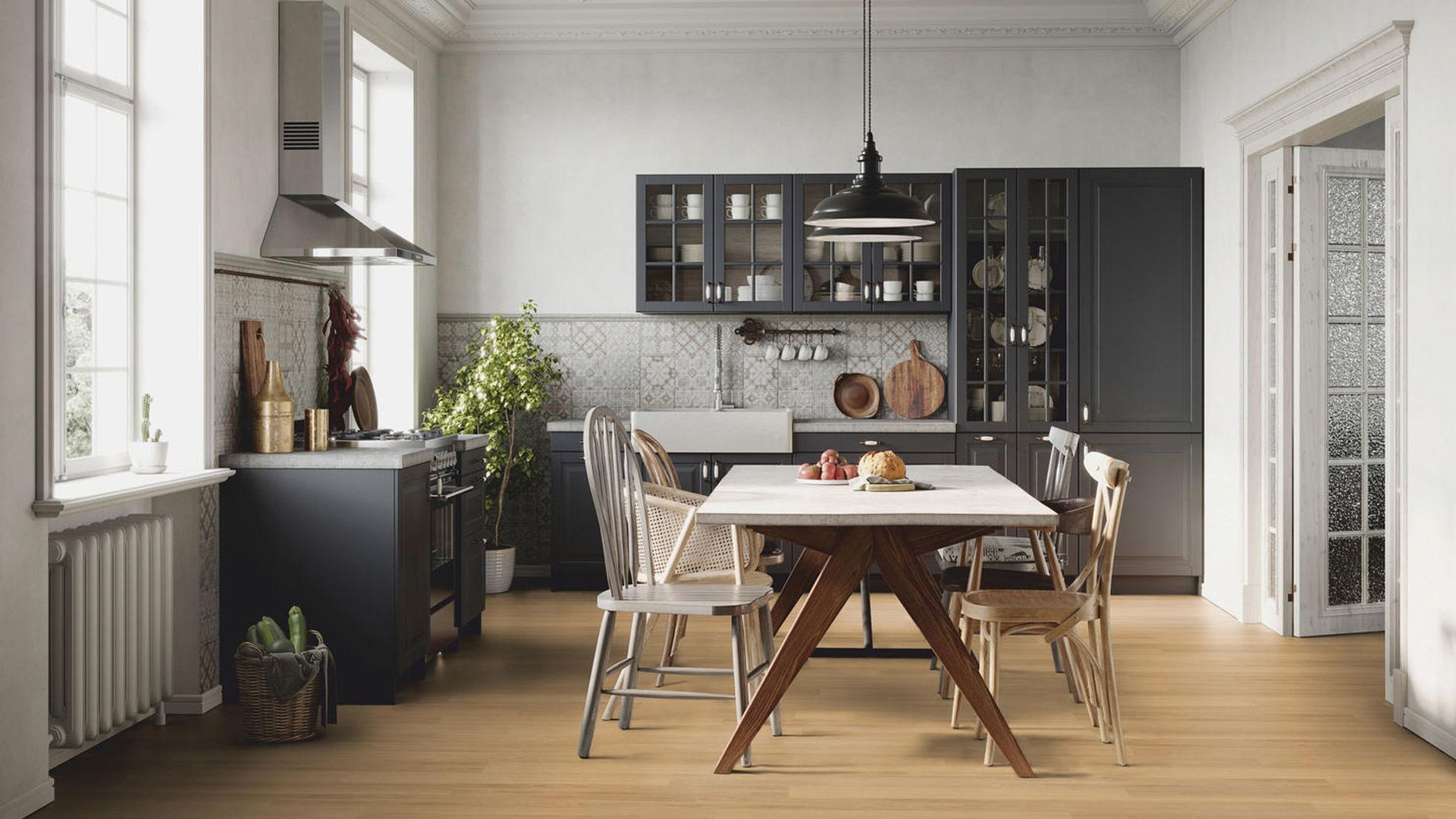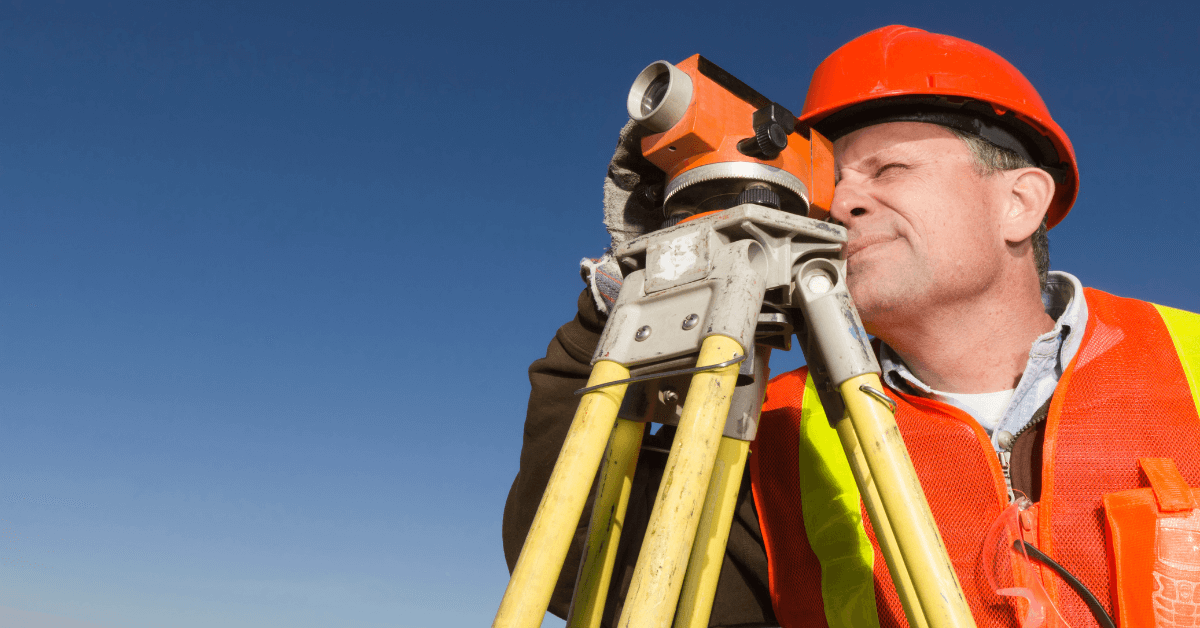What to Consider When Buying a New Build Home
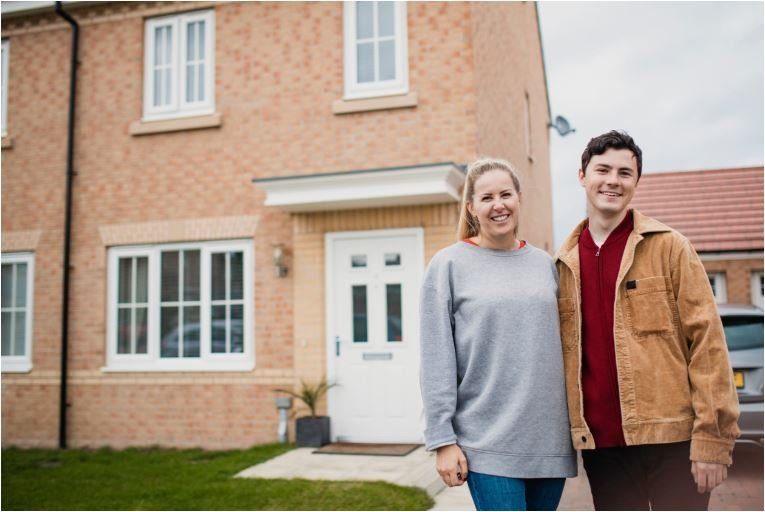
Buying a property is an exciting time but it’s important to choose the right home for you. New builds are often a great option for first time buyers or anyone with a growing family, but there are some important factors to consider.
There are many benefits to buying a new build home but there can also be common problems that buyers aren’t aware of. If you’re wondering whether a new build is right for you, see below for our handy guide.
What is a new build property?
If a property is brand new and has never been lived in, it’s classed as a new build. Some modern houses may look brand new, but if they’ve had a previous owner or tenant then they’re technically not a new build.
Some lenders have different definitions of what’s classed as a new build home, but it’s usually a property that’s been built within the last two years. Some people buy a new build home ‘off-plan’; this means buying a house that hasn’t actually been built yet. This is often considered riskier as you’re making a decision based on a show home or proposed images in a brochure.
There are many advantages to buying a new build property and they’re appealing to buyers for a number of reasons, including:
New build houses are often more affordable than period properties. You also only need a 5% deposit for new builds under a certain price threshold; one reason why they’re so appealing to first time buyers. Many people can also afford a larger property for less money thanks to the Help to Buy Scheme.
Old houses can be draughty and poorly insulated but new builds are often far more energy efficient. Newly built properties usually include energy-efficient features such as double glazing and extra roof insulation. This makes the property more environmentally friendly and you’re likely to save money on your energy bills.
If you buy off-plan, you might have the option to customise certain features and fittings to suit your tastes. Many buyers like the thought of a home that’s built to their requirements and you can ensure it has all the features you need.
Many new properties come with a guarantee, such as the National House Building Council’s 10 year warranty. Other companies may also provide warranties or insurance for new build properties, such as BLP’s housing warranty insurance.
Potential buyers might fall in love with an old property, only to find that it requires thousands of pounds worth of work. Common maintenance for older properties includes draught proofing, adding insulation, foundation repairs and damp proofing. By contrast, new builds often require far less maintenance and repair costs should be minimal in the first few years.
You’re the first person to live there!
Many buyers love the fact that they’ll be the first people to live in the property. It means you can really put your stamp on the place and mould it into a home to suit you. There’s no need to worry about the previous owners’ taste in wallpaper or how they’ve divided the layout; the property is yours to decorate as you wish.
What’s included in a new build property?
New build properties often include many fixtures and fittings that you’d otherwise have to buy separately. The details of what’s included will vary from developer to developer but you could bag washing machines, dishwashers, luxury wooden flooring or furniture.
As mentioned above, new builds are also more energy efficient, so expect double or even triple-glazed windows, insulated roofs and energy efficient heating. Be wary of the upsell however; developers may try to sell you additional items (like extra furniture) as part of the deal. It could be much cheaper to source these yourself, so have a clear list of what you actually need before agreeing to any extras.
There are many benefits to buying a new build but it’s important to be aware of the potential problems too. A new build doesn’t necessarily mean no issues and some estimates suggest that new builds can have between 50 and 150 defects. Arranging a professional building survey is the best way to protect your investment and spot any major problems before signing a contract.
A full building survey will examine all internal and external areas of a property, including the plumbing, windows and doors, roof area and main walls. It will also look at its general thermal performance, sound insulation, fixtures and fittings and potential issues like damp or structural problems.
Other potential problems with new builds include:
Always check the small print of your contract for any hidden costs or fees included with the new build. Some properties charge a service fee for maintenance of shared areas like a garden or communal pathway. If you’re buying a new leasehold flat, you’ll also have to pay a service charge for the management of the building.
It’s also a good idea to avoid leasehold new buildings in general if you can help it. Leasehold means that you don’t own the land your property is on and you’ll need to pay rising ground rent to the freeholder.
This is a risk you take if you choose to buy an off-plan new build. Construction projects can overrun and you may find yourself paying for a property that hasn’t been finished yet. If you’re one of the first to buy a property on a new development site, you could be moving into a house surrounded by building work.
If you’ve viewed a show home or development and have decided you want to go ahead, you can now start the buying process. You’ll need to put in your offer (don’t be afraid to haggle) and then pay a reservation fee. This is usually around £1,000 which is then deducted from the purchase price when you complete.
It’s always worth appointing a solicitor or conveyancer to help you with the legal and financial side of the process. Look for an agency or individual with experience in dealing with new builds, especially if you’re buying off-plan. They’ll also be able to liaise with developers to work out when you’ll receive your keys.
Contracts are often exchanged months before you move in if you’re buying a new build. You’ll need to pay your deposit at this point (via the conveyancer) and you should receive a short-stop date and a long-stop date. The short-stop date is when the developer expects to finish the work and the long-stop date is when the work has to be finished by.
Long-stop dates are designed to stop you losing your mortgage offer, as some lenders have stricter limits for how much they’ll loan for a new build property. A third party mortgage broker will be able to advise you on the best lender and deal to suit you.
Professional building surveys from the experts at Simon Levy
If you’re thinking about buying a new build property, get in touch with the experts at Simon Levy. We’re proud to offer full structural building surveys to assess the property before you go ahead with the purchase. We understand what a significant investment property is, which is why we’ll use our decades of experience to make sure everything is up to scratch.
Our full building surveys include a detailed assessment of external and internal plumbing, electrics, ventilation, thermal performance, insulation, damp penetration, roof areas, floors, partitions and more. A professional building survey can save you thousands in potential repairs or renovations, so give us a call today or contact us online to find out more.
